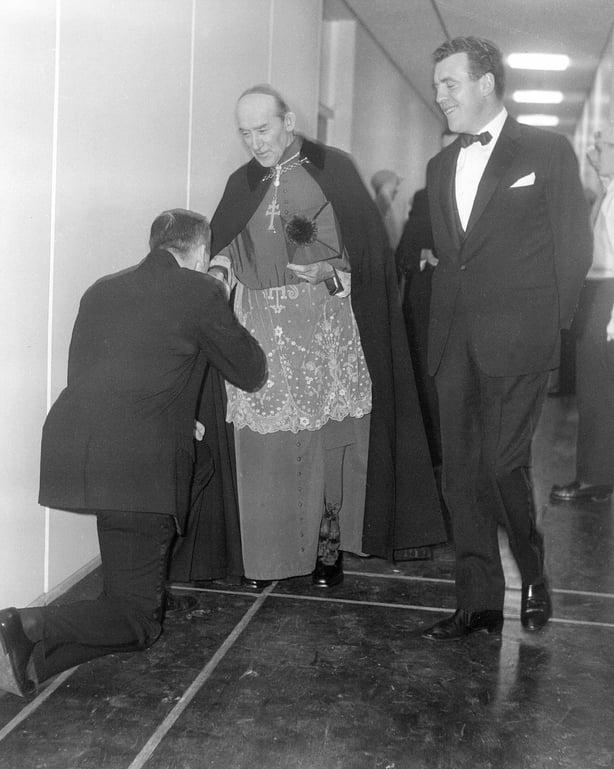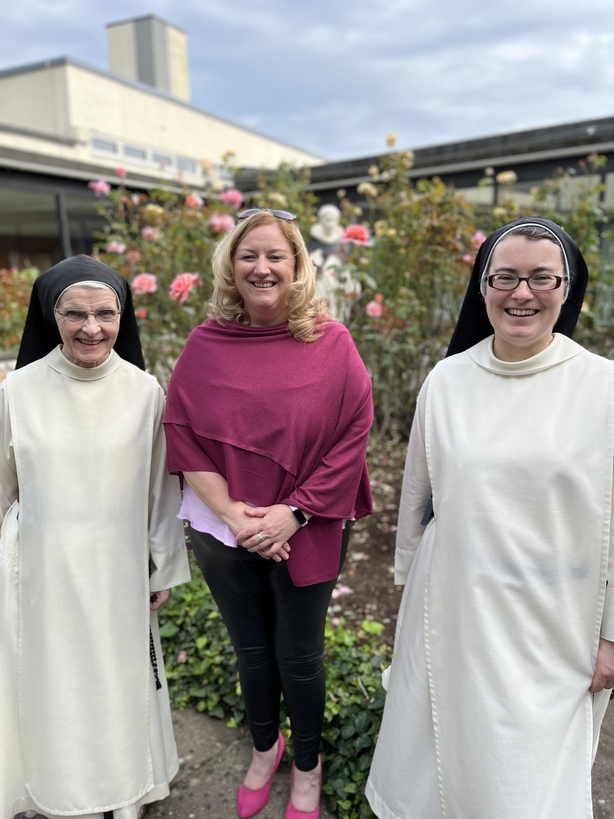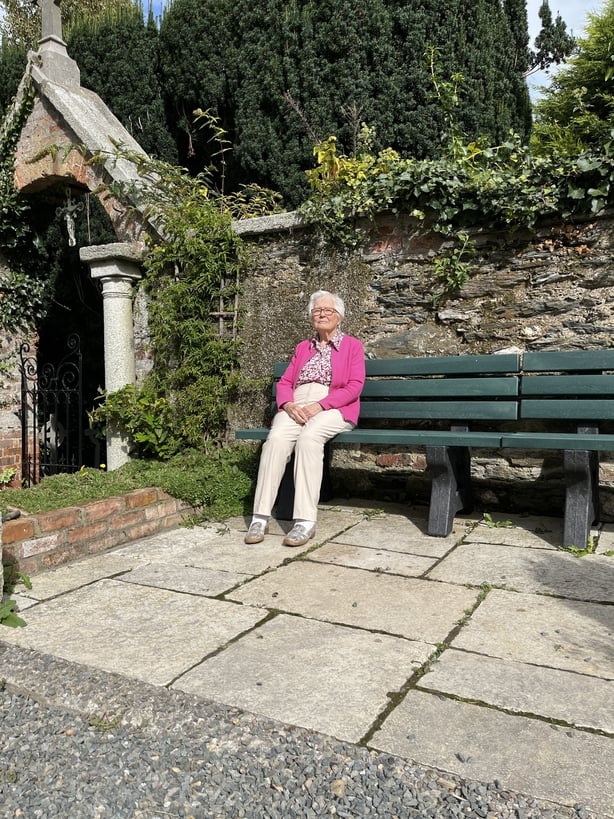Dearbhail McDonald, presenter of The Last Nuns in Ireland, reflects on the causes and consequences of the seemingly terminal decline in religious vocations in Ireland.
Whether we like it or not, the Catholic Church was integral to the foundation of the Irish nation. Long before independence, nationalism and Catholicism had become synonymous, largely as a result of the long pall cast by historical events such as Oliver Cromwell's invasion, land deprivation and forbidden education. The introduction in 1695 of 'Na Péindlíthe’ (the penal laws), which intensified the suppression of Catholicism and the Irish language, cemented Protestant England’s dominance over Catholic Ireland.
Catholic Emancipation was finally granted in 1829, but by then the complex communion between the Catholic Church and what would, almost 100 years later, become the Irish Free State, was well underway. By the time one John Charles McQuaid, later Archbishop of Dublin - the most significant clergyman in Irish history – ensured his imprint on the wording of the 1937 Irish Constitution, the influence of the Catholic Church over Irish society had taken deep roots with which we are still grappling today.

The Catholic Church was not just central to the foundation of the Irish nation. Priests and nuns were critical to its ongoing survival, by building and operating schools, hospitals and social care services at a time when the fledgling, impoverished, independent Irish state could not.
It's hard to imagine now, in the wake of 30 years of devastating revelations about clerical and institutional abuse, but it was once a matter of great pride, an elite status if you like, to have a nun or priest in your family. And many families, in living memory, had at least one priest or nun in their midst – some had many more, veritable clerical franchises.
Convents were once ubiquitous in Irish towns and villages. Indeed, the number of nuns and sisters, relative to our population, was once among the highest in the world, nuns' wimples and habits a part of the daily fabric of Irish life. At its peak in the 1960s, we had almost 14,000 women religious in Ireland. Now there are fewer than 4,000, with an average age of 80 and rising.

Terminal decline
Their numbers, like that of priests - hovering around the 2,000 mark with an average age of 70 - appear to be in terminal decline. Once the jewel in the crown of the global Catholic diaspora, a tiny country that sent missionary priests and nuns all over the globe, are we now witnessing the last priests and nuns in Ireland?
What will that mean for them and for us? These are some of the questions that actor and comedian Ardal O’Hanlon, and I traverse in a pair of authored films, The Last Priests in Ireland and The Last Nuns in Ireland (Monday 21.35, Tuesday 22.15, RTÉ ONE). Neither an elegy nor an assault, we explore how Catholic clergy and religious influenced every aspect of society in Ireland and the diaspora, while considering what we could be losing, if religious vocations continue to decline.
Like the vast majority of women of my generation in Ireland, I am convent-educated. The Sisters of St Clare, who trace their roots all the way back to the 13th Century, are an undeniable part of my own life’s formation, personally as well as professionally. As young girls, we were taught to be independent, to be critical thinkers, to take our place in society and to search for the truth. These were qualities I deployed, I hope, as I cut my teeth in journalism, reporting on what we have come to term as "the abuse scandals".
Over the last thirty years, a litany of clerical and institutional scandals has given rise to public disillusionment and frequent negative media coverage of the priests and nuns who remain. The ongoing fallout of the scandals has contributed to emptying pews, clustered parishes and vanishingly rare vocations. Faith still matters to many, but the percentage of the Irish population that identify as Catholic has fallen from 79pc in 2016 to 69pc in 2022, according to our most recent census.

Future flashpoints
Future flashpoints beckon, including a new €800m redress scheme for survivors of mother and baby homes, questions over patronage of schools, ownership of healthcare facilities, as well as issues such as land ownership and asset transfers. The past informs the future.
Do we need, as Ardal asks, somebody - a mediator of sorts - to help us explore those mysteries of life, to answer the questions that science can’t? Does that person have to be a male, celibate priest? For my part, I wonder can I hold the achievements of our women religious as well as the legacy of the abuse as we try to find a way forward. Given our deep history, it is incredible to think that these may be the last priests and nuns in Ireland.
I wonder what we will make of this period in another hundred years?
Watch The Last Priests in Ireland and The Last Nuns in Ireland on the RTÉ Player.
The Last Nuns in Ireland is a Scratch Films production for RTÉ made with the support from the Sound & Vision Fund of Coimisiún na Meán.
The views expressed here are those of the author and do not represent or reflect the views of RTÉ










































